In the world of boutique fuzz pedal effects, Analog Man Mike Piera’s creations are among the most well-known and respected due to his attention to detail. His Sun Face fuzz is his most popular and based on the original Arbiter England Fuzz Face which was first introduced in 1966, but unlike the original which was built with a range of poorly matched components and haphazard quality control, Piera’s are built like finely tuned machines with every component being carefully measured and tested. Fuzz connoisseurs like Eric Johnson have reportedly gone through hundreds of Face Faces until finding just the right one. In any fuzz based around germanium transistors, proper matching, leakage testing, and biasing are all critical in order to get the most musical and harmonically rich fuzz.
Category Archives: Effects Reviews
Line6 Relay G10S Wireless Review
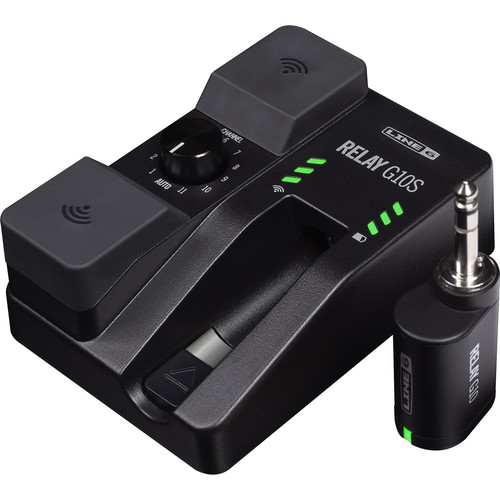 Wireless technology has come a long way over the past couple decades, and analog and digital units both are upping their game with improvements in sound quality, performance, and reduced latency. The Line6 G10S is the newest member of the Line6 Relay wireless family, which offers a broad range of wireless units for all applications and budgets.
Wireless technology has come a long way over the past couple decades, and analog and digital units both are upping their game with improvements in sound quality, performance, and reduced latency. The Line6 G10S is the newest member of the Line6 Relay wireless family, which offers a broad range of wireless units for all applications and budgets.
Continue reading
Boss Returns with Spatial Effects in Latest Waza Craft Dimension C Reborn!
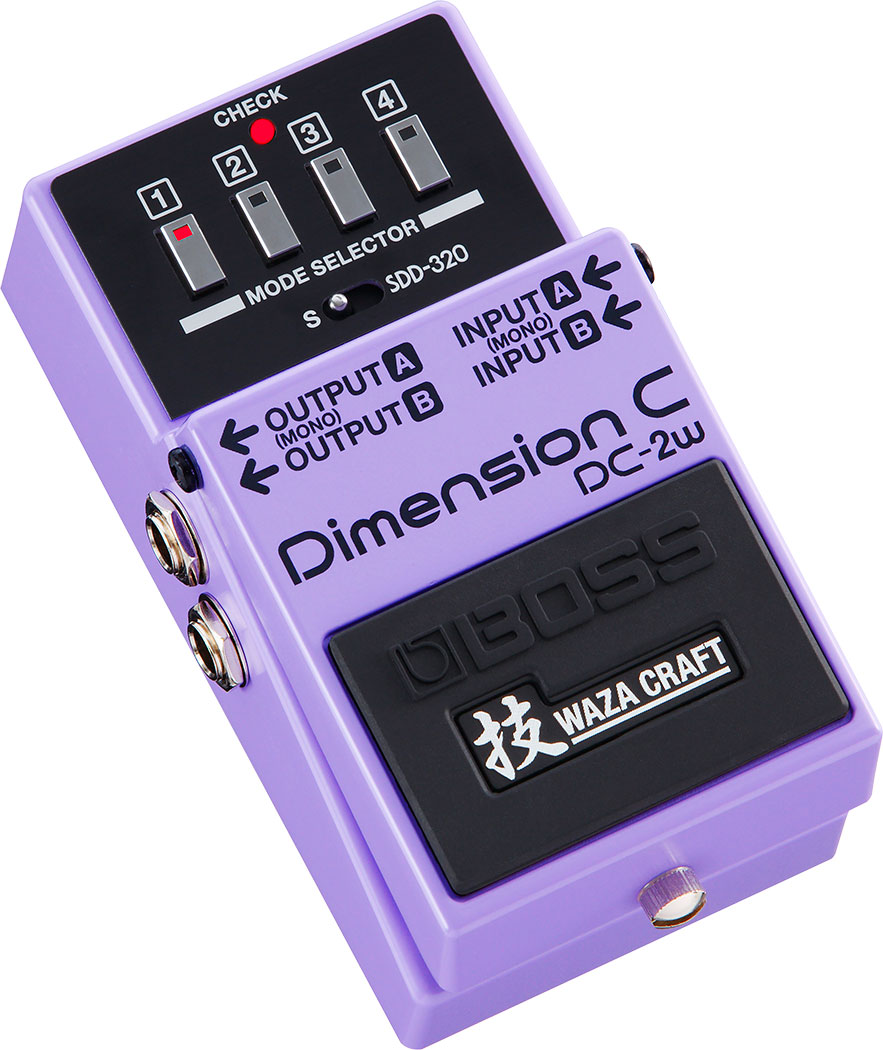 In 1985, at the height of our world becoming ever more digital and complex, Boss bucked the trend and introduced its Dimension C DC-2 compact pedal, an analog spatial effect that was also surprisingly simple to use. With its four push-button modes, I remember at the time I scoffed at the simplicity and limited features being offered by Boss’ newest pedal.
In 1985, at the height of our world becoming ever more digital and complex, Boss bucked the trend and introduced its Dimension C DC-2 compact pedal, an analog spatial effect that was also surprisingly simple to use. With its four push-button modes, I remember at the time I scoffed at the simplicity and limited features being offered by Boss’ newest pedal.
Continue reading
Ibanez Nutube Tube Screamer vs. original TS-808
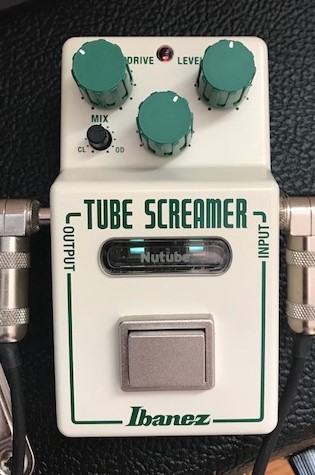 In a market saturated with numerous different Tube Screamers in addition to various clones and modified units, Ibanez recently introduced a bold and unique entry with its latest Nutube Tube Screamer. The Nutube Tube Screamer most notably uses a Korg-designed Nutube module, which is said to work in a similar way to a traditional vacuum tube. However, as I’ll discuss later, this isn’t the feature that impressed me the most with the Nutube Tube Screamer, although the NuTube technology itself certainly will grab the most attention for prospective buyers.
In a market saturated with numerous different Tube Screamers in addition to various clones and modified units, Ibanez recently introduced a bold and unique entry with its latest Nutube Tube Screamer. The Nutube Tube Screamer most notably uses a Korg-designed Nutube module, which is said to work in a similar way to a traditional vacuum tube. However, as I’ll discuss later, this isn’t the feature that impressed me the most with the Nutube Tube Screamer, although the NuTube technology itself certainly will grab the most attention for prospective buyers.
Continue reading
Mike Fuller Obsesses Over a New Version of the Fulltone OCD Overdrive and Introduces the OCD V2
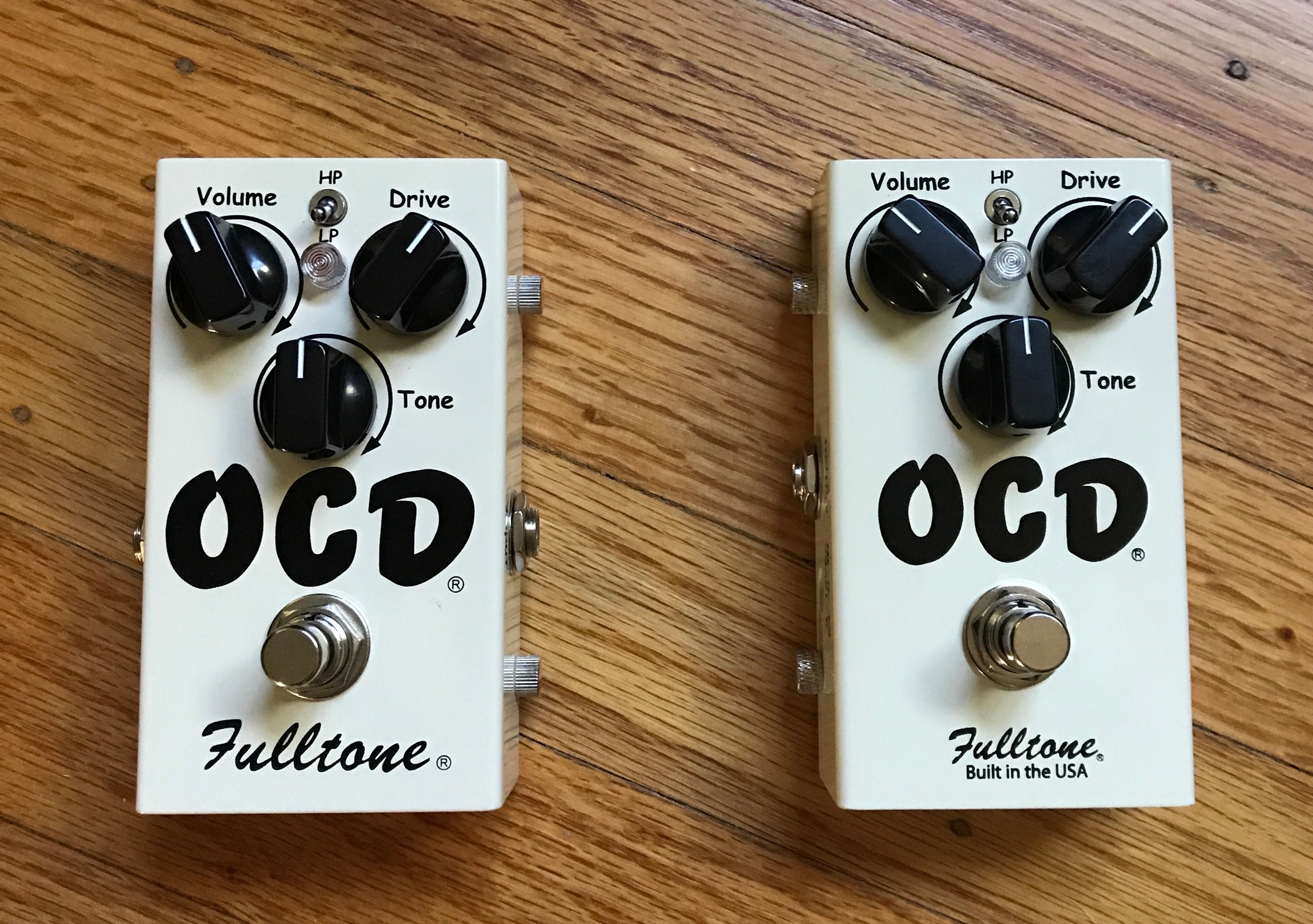 The Fulltone OCD, otherwise known as the Obsessive Compulsive Drive, is not only one of Mike Fuller’s best-selling overdrive/distortion units of all time, it has also been heralded and awarded accolades by the media since its introduction 12 years ago. Along the way, Mike has continued to make mild tweaks to the circuits and I remember playing through and trying each version myself. Mike continued to be obsessive about his OCD and I enjoyed listening to the results.
The Fulltone OCD, otherwise known as the Obsessive Compulsive Drive, is not only one of Mike Fuller’s best-selling overdrive/distortion units of all time, it has also been heralded and awarded accolades by the media since its introduction 12 years ago. Along the way, Mike has continued to make mild tweaks to the circuits and I remember playing through and trying each version myself. Mike continued to be obsessive about his OCD and I enjoyed listening to the results.
Now in 2017, Fulltone has launched what it is being dubbed as the “final” version of the OCD, the OCD V2. The OCD V2 packs a number of new updates and features, so we took a look to compare it to its predecessor, the OCD version 1.7.
Continue reading
Talkboxes and Vocoders Reviewed From BOSS and TC HELICON

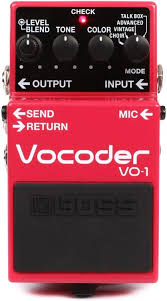 Guitar effect signal processing has become more advanced in the past several years as DSP engines have allowed musicians to obtain more specialized, advanced effects that are easy-to-use and available in smaller form factors. Today we’ll look at two effects for guitarists and vocalists that enable classic talkbox effects as well as vocoder synthesizer sounds in convenient small stomp box-sized packages.
Guitar effect signal processing has become more advanced in the past several years as DSP engines have allowed musicians to obtain more specialized, advanced effects that are easy-to-use and available in smaller form factors. Today we’ll look at two effects for guitarists and vocalists that enable classic talkbox effects as well as vocoder synthesizer sounds in convenient small stomp box-sized packages.
These two units from BOSS (the VO-1 Vocoder, $249 street) and TC HELICON (Talkbox Synth, $249.99 street) offer similar overall sonic features, but they each take different approaches with how they are used in a guitarist or vocalist’s system and also in how the talkbox and vocoding effects are processed and applied.
Continue reading
Modified Classic Overdrive/Distortion Units Reborn from Analogman, Keeley, and TWA
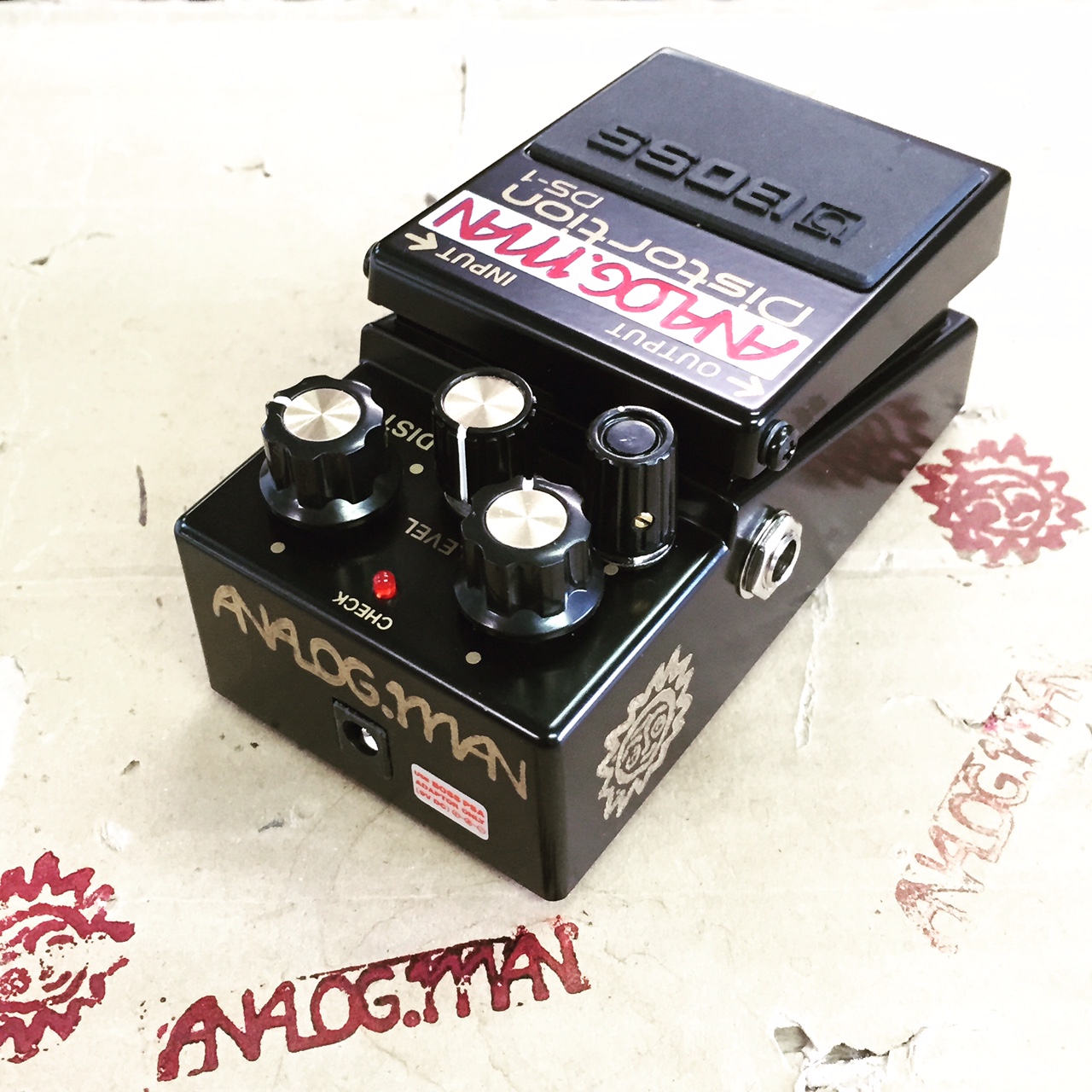 Not every overdrive or distortion pedal has a pedigree that begins with the influence from a Tube Screamer. Many of today’s designers look to other classics to either modify or create their own variations. Today we’ll spend time with the Analogman DS-1 Pro Mod with midrange control, Keeley’s Super Phat Mod Full Range Overdrive and the Totally Wycked Audio (TWA) Hot Sake. Each has its own unique story and tone so join us as we explore them further.
Not every overdrive or distortion pedal has a pedigree that begins with the influence from a Tube Screamer. Many of today’s designers look to other classics to either modify or create their own variations. Today we’ll spend time with the Analogman DS-1 Pro Mod with midrange control, Keeley’s Super Phat Mod Full Range Overdrive and the Totally Wycked Audio (TWA) Hot Sake. Each has its own unique story and tone so join us as we explore them further.
Continue reading
The Keeley Dark Side Workstation: Fuzz, Phaser, Univibe, Rotary, Flanger Multi-head tape delay
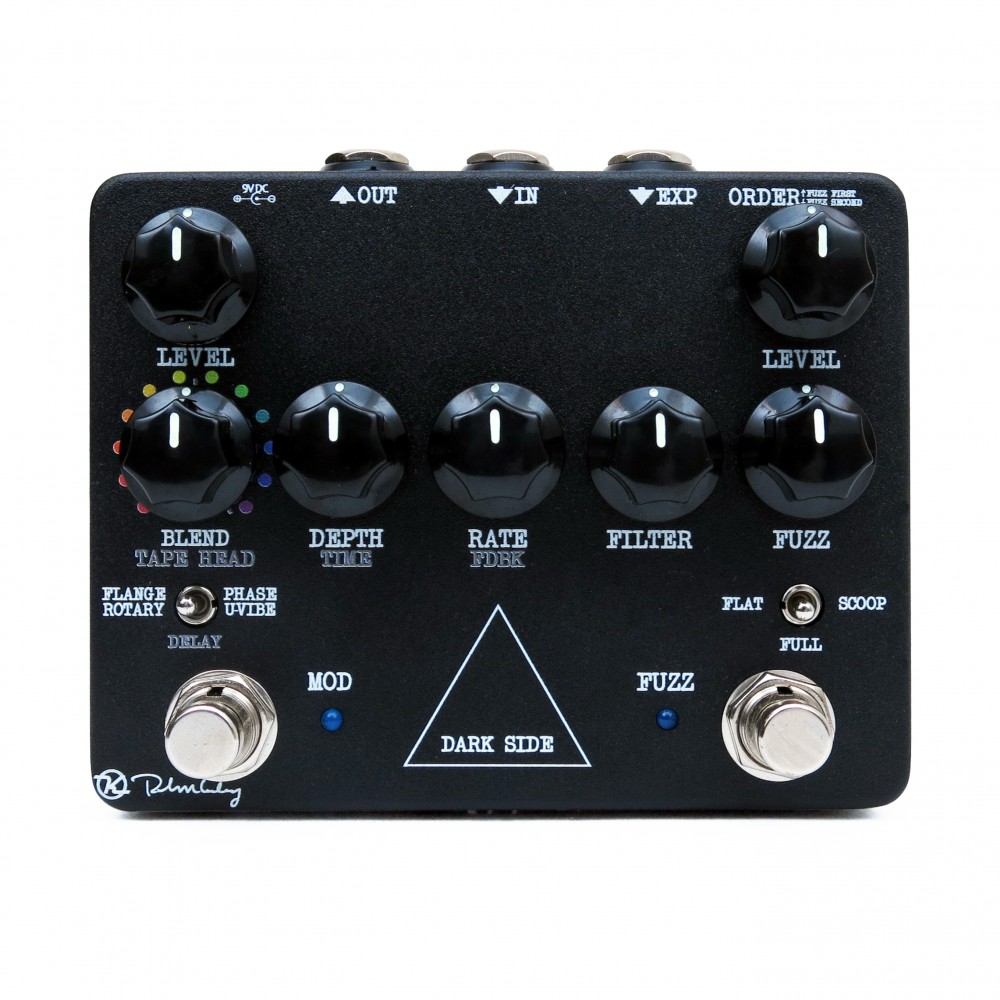 The new addition to the Keeley line is an homage to the mid-70s David Gilmour sound, resting comfortably in the classic Dark Side to Animals (even The Wall) period of the Pink Floyd guitarist’s work. As with Keeley’s recent Jimi Hendrix-inspired Monterey pedal, the Dark Side sports beautiful workmanship, low noise, a great layout and a cornucopia of features. There’s a lot to cover, so I’ll plug in a stock early 70s Strat (I had to for this pedal!) to a clean Fender-style amp and put the Dark Side into play.
The new addition to the Keeley line is an homage to the mid-70s David Gilmour sound, resting comfortably in the classic Dark Side to Animals (even The Wall) period of the Pink Floyd guitarist’s work. As with Keeley’s recent Jimi Hendrix-inspired Monterey pedal, the Dark Side sports beautiful workmanship, low noise, a great layout and a cornucopia of features. There’s a lot to cover, so I’ll plug in a stock early 70s Strat (I had to for this pedal!) to a clean Fender-style amp and put the Dark Side into play.
Continue reading
Boss DM-2w Waza Craft Delay vs. Vintage Boss DM-2 and DM-3 Delays
 The Boss DM-2w Delay from the Waza Craft series is an all-analog and re-imagined pedal that is inspired from the original and highly-coveted Boss DM-2 Delay released in 1981. Unlike the vintage DM-2, the DM-2w Delay adds stereo output and has a custom switch which extends the delay time from the previous limit of 300 ms. to 800 ms.
The Boss DM-2w Delay from the Waza Craft series is an all-analog and re-imagined pedal that is inspired from the original and highly-coveted Boss DM-2 Delay released in 1981. Unlike the vintage DM-2, the DM-2w Delay adds stereo output and has a custom switch which extends the delay time from the previous limit of 300 ms. to 800 ms.
Continue reading
Boss CE-2w Review: A Legend Reborn
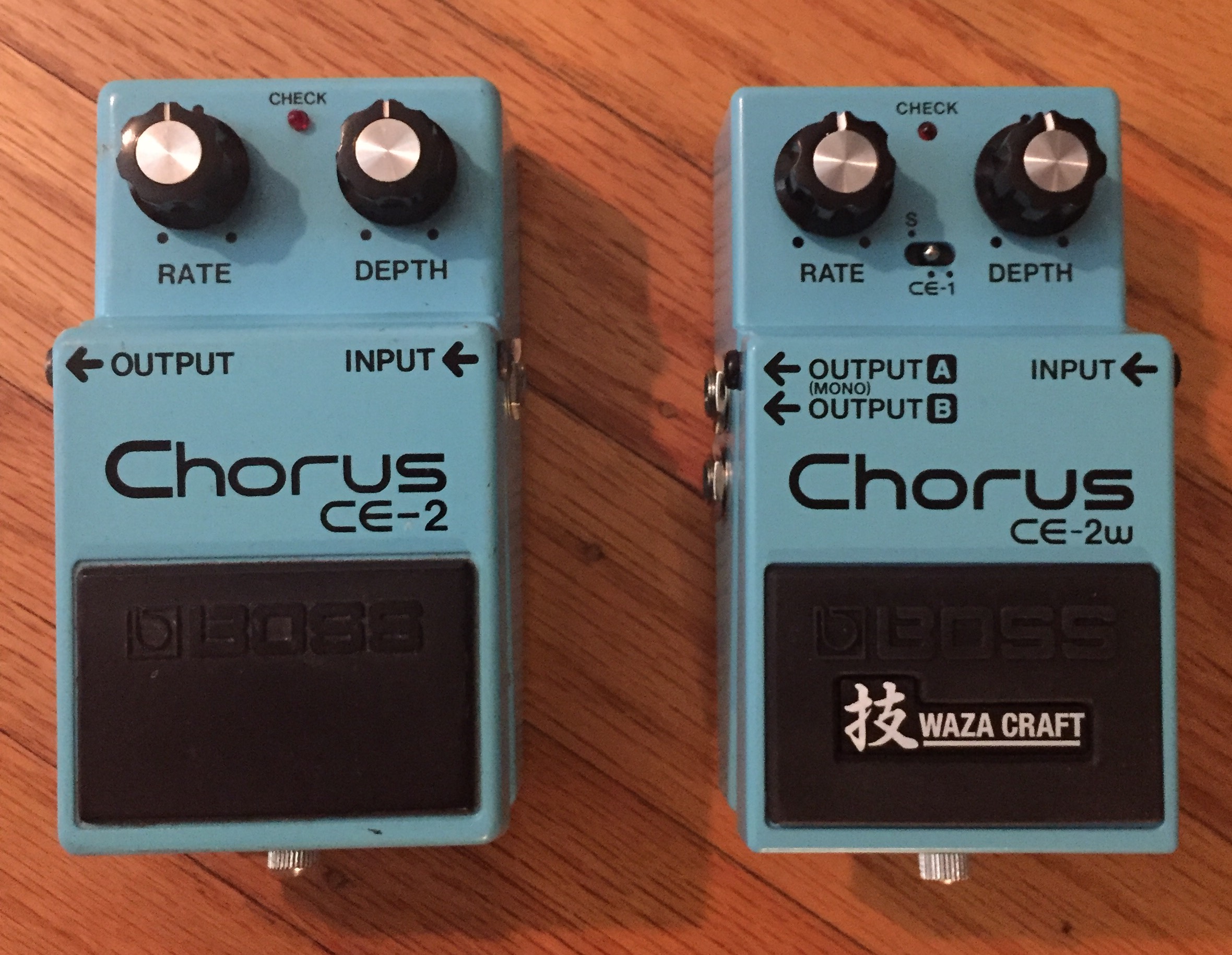 In the 1980’s, Boss pedals were regarded as best-in-class when looked at from any number of perspectives. From the company’s well-deserved reputation for innovation and creativity, to it also having the most robust and virtually bullet proof effects available for touring musicians. Indeed, I was a loyal player of Boss pedals during my teens and proudly used an all-Boss pedal board for years. Let’s not forget that many great professional musicians also used those brightly-colored Boss boxes as well.
In the 1980’s, Boss pedals were regarded as best-in-class when looked at from any number of perspectives. From the company’s well-deserved reputation for innovation and creativity, to it also having the most robust and virtually bullet proof effects available for touring musicians. Indeed, I was a loyal player of Boss pedals during my teens and proudly used an all-Boss pedal board for years. Let’s not forget that many great professional musicians also used those brightly-colored Boss boxes as well.
Throughout the late 1970s and 1980s, Boss developed a number of classic designs, and the CE-2 Chorus is arguably among the best and most famous of pedals Boss had ever produced. It was also the industry’s very first compact chorus unit (the earlier CE-1 was a larger AC-powered effect). The CE-2 was then upgraded in the mid-80s with a new cousin, the CE-3 Chorus, a model which added stereo output capability along with a fancy sparkling blue paint job. But for some reason, the CE-3 just didn’t have the same warmth in its chorus effect that the CE-2 had. In fact, for many years, both the CE-2 and CE-3 were available and sold at the same time and many players still preferred and purchased the CE-2.
Continue reading